Request a proposal Receive a proposal within one hour!
-
Service & Language Selection
-
Text Upload & Contact Details
German to Norwegian and Norwegian to German document translations of the highest quality — meeting your needs with our services. We guarantee:
- Translators who are native speakers of the target language, whether it is German or Norwegian
- ISO 9001 and ISO 17001 quality standard compliance
- Localization expertise in your line of work (medicine, engineering, etc.)
Click here to fill a form for translation between German and Norwegian to receive a proposal for translating your document within an hour!
Contact us at [email protected] for any additional inquiries.
See below, what kind of changes to the text might be expected for translations from German to Norwegian or vice versa.
Translation differences
Translation from German to Norwegian or vice versa entails certain changes in the resulting text. These changes are caused by the inherent differences between the languages. The following things in your order might be affected:
- The layout of the resulting text
- Time it takes to translate
- Translation complexity
Among other factors, these parameters can influence the final price as well. The layout factor is especially important to those, who are interested in our DTP (Desktop Publishing) services.
| Parameter | To German | To Norwegian | Difference |
|---|---|---|---|
| Writing system | Latin (German alphabet) | Latin (Dano-Norwegian alphabet) | Same writing system, different scripts: minimal difference |
| Text direction | left-to-right | left-to-right | Same |
| Characters per word (average) | 7 | 6 | Minimal |
| Text length (characters) | 24% longer | 19% shorter | Noticeable |
| Overall difference | Negligible | ||
Text length and document layout
The main factors influencing the length and layout of the translated document are:
- Writing system of the target language
- Writing direction
- Word length
- Relative lengths of the texts
Writing system
Both German and Norwegian use the same writing system — the Latin alphabet. It means that usually the translated text can be displayed, using the same fonts as the source text. This lack of difference makes it easier to make the source and the target text be the same length. Please note, however, that the languages employ different sub-types (a.k.a. scripts) of the alphabet. Some fonts of the source language may not support all the signs in the target language.
Writing direction
Both languages are read left-to-right, meaning that there should be no significant changes to the layout in terms of the order of text elements.
Word length
Both languages have a similar average word length — 7 for German, and 6 for Norwegian. Thus, the word length should not affect the layout.
Text length
On average, documents translated to German are 24% longer than source texts in Norwegian. On the other hand, Norwegian texts are 19% shorter than their German counterparts. It means that some formatting differences are to be expected in the translated texts. Please note, that the actual visual length is also influenced by the font used.
Word order
Depending on your needs, the word order might be rather important for the translation. Things like slogans and brand names may convey an entirely different meaning, if their word order is changed.
The standard word orders of the languages are different. Various sentence structures may still be possible, but they might have a different meaning or change their style. However, it must be noted, that German has a free word order. This implies that translations from Norwegian to German will usually allow preserving your desired sentence structure.
Dialects and varieties
Norwegian has 2 major varieties: Bokmål, and Nynorsk. It is essential for you to choose, which form or dialect to translate to. This is because each variety, from the point of view of the other types, can feel unnatural, misleading, or plainly inappropriate for the text.
If you are not sure, which form to choose for your document, the safe choice is the more widespread one, or the one understood by most speakers. For Norwegian, it is the Bokmål variety.
Translation complexity
Translation complexity is partially dependent on how closely the languages are related. The further apart the languages are, the more time and effort it takes to express an idea from one language in another one. As a consequence, it affects the price and time it takes to translate a document between German and Norwegian.
Both German and Norwegian belong to the Indo-European language family. Moreover, the two belong to its Germanic branch, which generally implies that it is easier to transfer the meaning of the German text to its Norwegian counterpart, and vice versa.




